Still hunting the motives of Manson’s teen murderers
A new documentary from Oscar-winner Errol Morris explores the wild theories surrounding Charles Manson’s infamous ‘Family’.
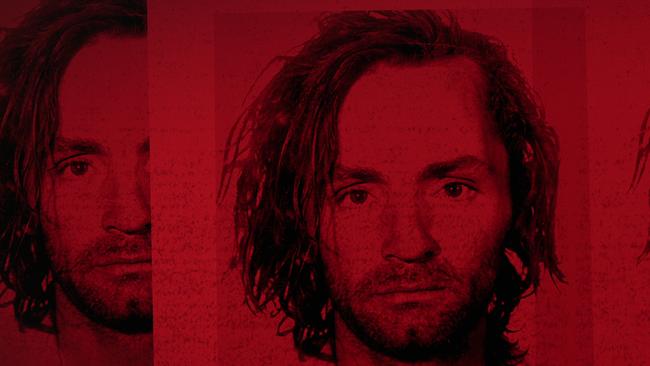
I’ve just caught up with Chaos: The Manson Murders, out now on Netflix. It’s Oscar-winning director Errol Morris’s investigation into counter cultural history in the attempt to explain the many conspiracy theories still hovering in pop culture about why Charles Manson ordered his teenage followers to commit seven brutal murders. And why they so blissfully complied.
In this new film, Morris takes us inside the sinister labyrinth of the many narratives surrounding the Manson family murders of 1969. This was the cult led by Charles Manson, a large bunch of drug-addled runaways, mostly, who had been living with him at an old ranch once used for filming TV westerns like Bonanza and The Lone Ranger, that would become, for many, the ultimate symbol of the dark side of the 1960s.
Most of us likely know something of the case: how among the five victims killed on the first night at a house at 10050 Cielo Drive, in the exclusive Benedict Canyon neighbourhood of Los Angeles, was the pregnant actor Sharon Tate, who was married to the director Roman Polanski.
And how on the second night, the Manson acolytes, accompanied by Manson himself, killed Leno LaBianca and his wife Rosemary in similar fashion, leaving bloody ominous messages on walls and over doorways.
The two trials that followed were highly publicised too. Manson and four of his followers were convicted of all the murders in 1971. And of course, there was the relatively recent Once Upon a Time … in Hollywood, Quentin Tarantino’s freewheeling mix of fact and fiction in his fairytale version of Sharon Tate’s murder.
Morris’s story, though, is a twisted tale involving not only the cult led by the criminal and would-be musician Manson but the CIA, LSD, LAPD, The Manchurian Candidate, the Beach Boys, Doris Day, the Black Panthers, the hippie counterculture and flamboyant Los Angeles attorney Vincent Bugliosi, the prosecutor whose 1974 bestseller Helter Skelter chronicled the Manson trial.
“So, a mystery,” Morris says with a kind of understated sense of resignation at the start of the film.
In his attempt to cast doubt on Bugliosi’s theories that the atrocities on the nights of August 9 and 10 were fuelled by a twisted interpretation of the Beatles’ song Helter Skelter, leading to a perceived apocalyptic race war, Morris tells his own story. And while thought provoking and highly entertaining, in the end it is just as bewildering and mystifying as the original narrative.
His film is based on Tom O’Neill’s Chaos: Charles Manson, the CIA, and the Secret History of the Sixties, his controversial inquiry into whether the LAPD, the CIA and the FBI somehow joined forces in the attempt to tamper with the truth of Manson’s crimes. “Well, clearly it is based in part on Tom’s book. Without Tom’s book, this would not exist,” Morris says of his film in a Netflix interview. “Tom very generously shared with me a lot of the interviews that he did. In fact, you hear some of them in this adaptation. I like Tom’s book, and I like how he throws himself in earnest in an attempt to crack this thing.”
O’Neill started with a commission from the movie magazine Premiere, which assigned him a feature for the 30th anniversary of the murders. Twenty years later his life was dominated by his frenzied research and he published his 528-page book. “O’Neill’s intricately sinister ‘secret history’ often sounds incredible; that doesn’t mean that it’s not all true,” The Guardian said in its review.
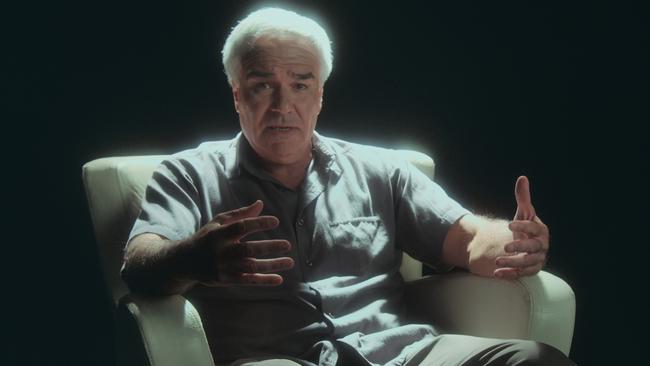
And the same might be said of Morris’s film, in which O’Neill appears as a kind of loose narrator, often photographed in his apartment surrounded by the dozens of files and binders he obsessively hoarded. (“In many ways, it is a story of a detective who won’t give up,” says the director of his film.) Though Morris also pictures him in interview with the filmmaker in elaborate split screen compositions as if to distance himself from some often outrageous scenarios.
Morris’s film even introduces O’Neill’s theory that Manson had links to the CIA and something called MKUltra — the infamous and mysterious CIA study of LSD in the attempt to find a technique that could be weaponised against enemies.
MKUltra’s “mind control” experiments generally centred on behaviour modification via electro-shock therapy, hypnosis, polygraphs, radiation, and a variety of drugs, toxins, and chemicals. (In one of the many fascinating clips of Manson taken in prison interviews, he’s asked about his power. “I know,” he says enigmatically. “When you know, you know.”)
O’Neill enthusiastically pushes his argument in conversation with Morris. “That these kids went out and became corrupted by the freedom of the 60s’ movements and turned into monsters; in other words, don’t let your kids do drugs, don’t let them join communes, don’t let them march against the war, because they’re all going to turn into crazed killers who have no respect for life.”
Morris spends a lot of time on the enigmatic Louis “Jolly” West, a psychiatrist who conducted research on mind control for the CIA, who O’Neill connects to the Haight Ashbury Free Clinic. There in the late 60s Manson was a frequent visitor with his following of young women who need various medical procedures, but it’s unclear whether West was able to turn them into trained assassins through brainwashing and the use of LSD, a favourite drug for the family of acolytes.
“The question that Tom O’Neill asks is, was Manson acting freely or was he, the person who was controlling others, in turn controlled by others?” Morris says in the Netflix interview.
The possibility that the American government was involved is these days hardly outlandish. Creating a kind of murderous puppet out of Manson through some insidious form of thought control to discredit the burgeoning hippie movement, while wonderfully outlandish, has some credence in a period that sees the resurgence of fringe beliefs.
It is after all a time when ideas mostly rejected by science are being embraced and spreading not only through popular culture. Conspiracy theories about vaccines, water fluoridation, high-level officials and pedophilia, and political conspiracies like the Illuminati now embrace the kind of beliefs once relegated to cults.
The fact is, as Morris’s film shows, we just don’t know; the Manson slaughter is outside the ken of humanity, a world just out of reach. “I remember I had gone so far and there was no turning back if I had wanted to run, if I had wanted to leave I couldn’t; it was something I had no control over, I was like a tool in the hands of the devil,” Susan Atkins, a participant in the murders, says in one of the fascinating interviews with the killers.
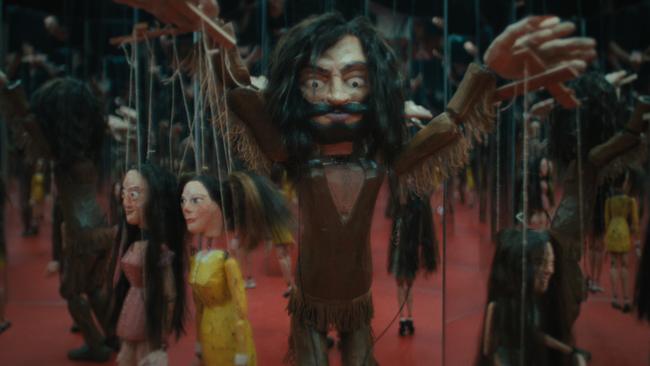
“I’ve found myself trapped in a number of different true-crime stories, and the Manson murders are peculiar,” Morris, a former private detective himself, says in the Netflix interview.
“You could encapsulate the mystery in just one question: How is it that Manson managed to convince the people around him that killing was OK?” Even after making this movie, he would not have answers. “I really don’t. He still, in so many ways, remains a mystery to me.”
Errol Morris’s highly influential 1988 documentary feature, The Thin Blue Line, about the shooting of a police officer, changed the nature of the documentary medium. His atmospherically stylised, stark recreations and the way he intercut newspaper headlines, bullet-wound diagrams and Texas road maps with B-grade film fare: a hypnotist’s swinging watch, all-night food stores, smoking guns and repeated replays of the confession also changed a convicted man’s life.
And Chaos, like Morris’s many subsequent films following the success of The Thin Blue Line, is also stylistically inventive. He scrolls through period photographs, boldly highlighting phrases and paragraphs. Aural montages are overlaid on newspaper cuttings and long close-ups of whirring tape machines, broken up by snippets of news presenters’ comments.
He has fun with psychedelic imagery, shots of mescaline cactus flowers; there are the familiar interstitial, abstracted enactments; often split screen used, one part of the image tinted red. He uses chapter headings giving the film a quasi-literary effect at times, and an attempt to control the sense of disorder.
Then of course there is the copious news footage of the aftermath of the killings, the trials and postmortem interviews with the creepy Manson and the creepier Family members. The film’s soundtrack by Paul Leonard-Margan features songs from Manson’s only record, which is melancholic and depressive.
There’s also a ghoulish motif of a maniacal puppet appearing, reinforcing a little obviously the notion of Manson the puppet master and like much of Morris’s approach underlying the horror.
As is often the case, Morris’s idea is to construct a perception of reality rather than simply capture it in a documentary sense, adopting any style he believes to magically and cinematically generate truth.
Chaos is wonderfully weird, sensational, if in the end not all that convincing. As Morris himself says, pondering whether the CIA did in fact turn a bunch of acid-eyed kids into Manchurian Candidates, “I don’t think so”.
Chaos: The Manson Murders is streaming on Netflix.




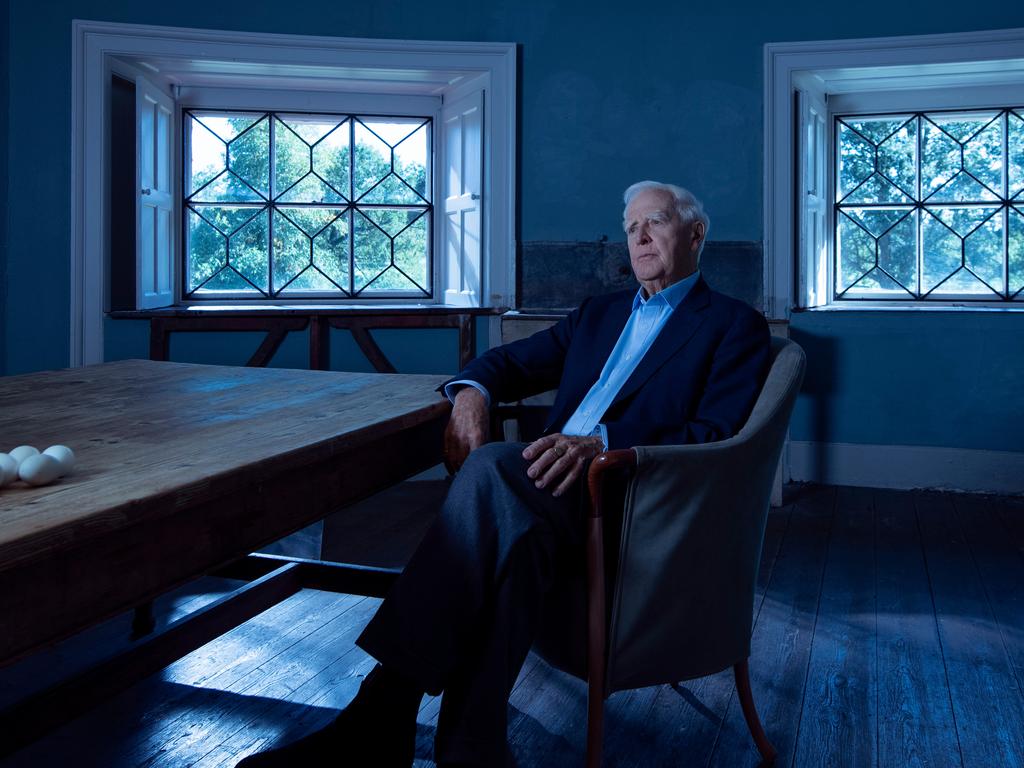
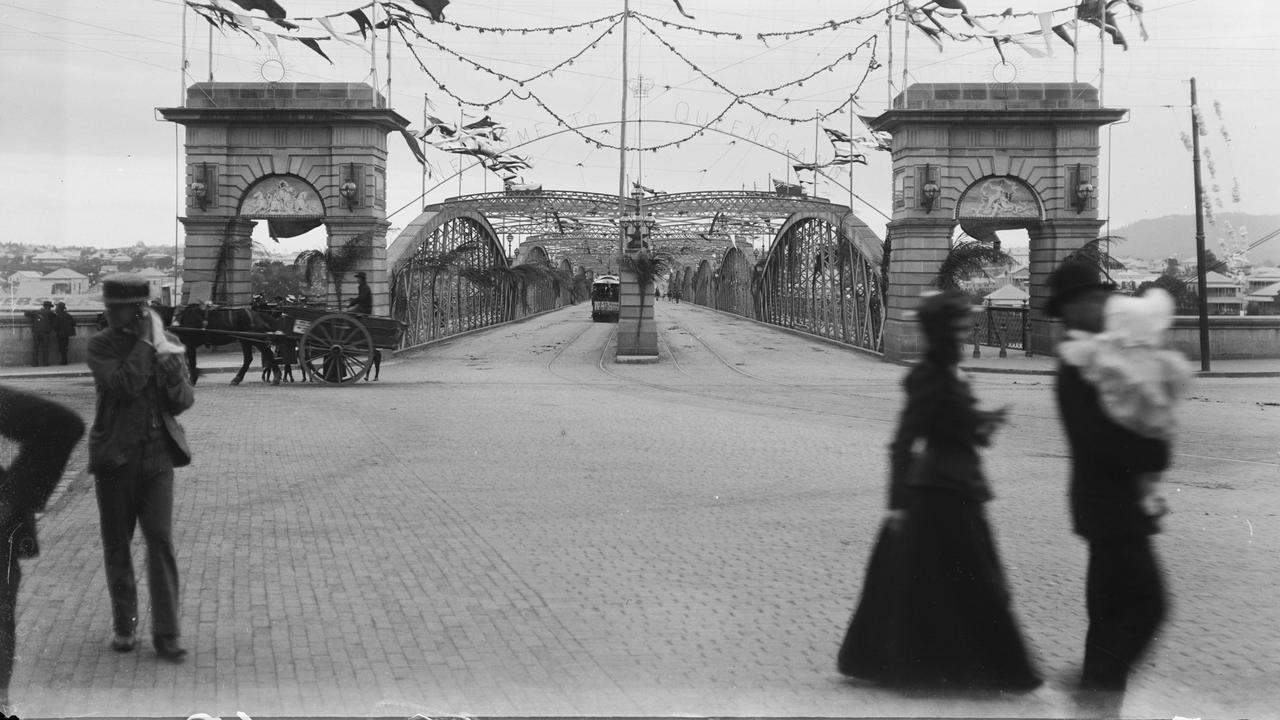
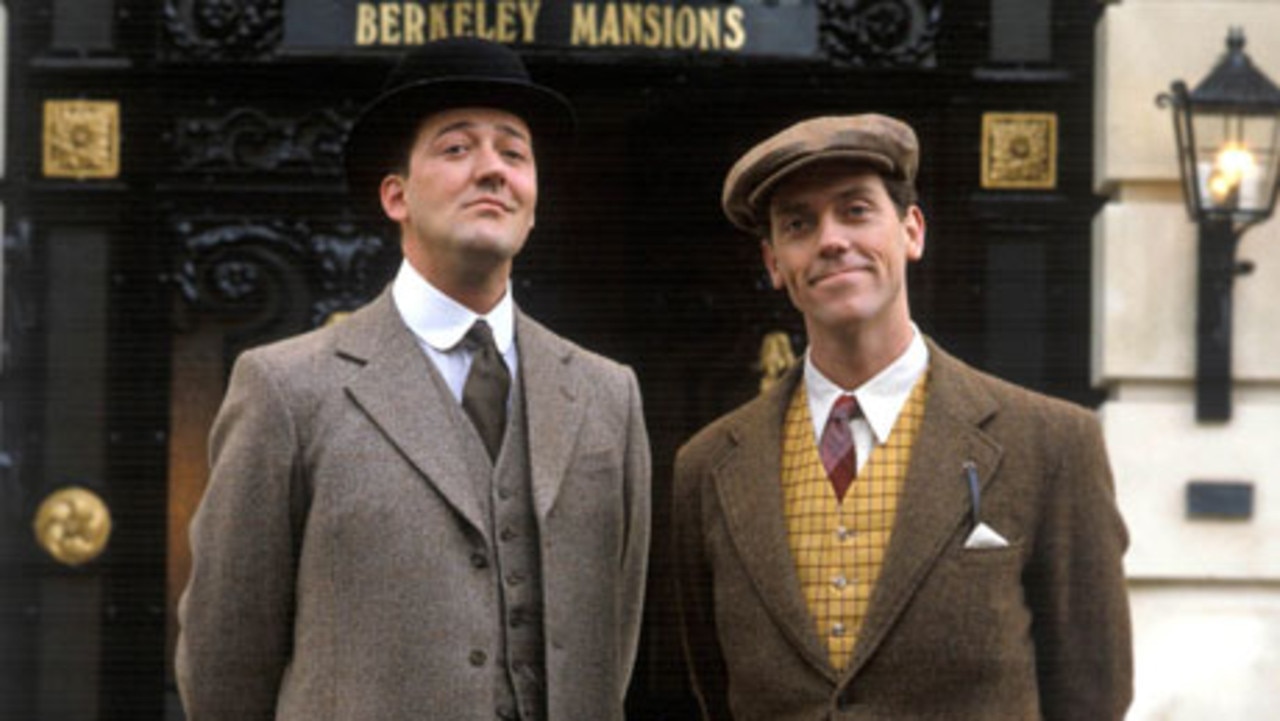
To join the conversation, please log in. Don't have an account? Register
Join the conversation, you are commenting as Logout